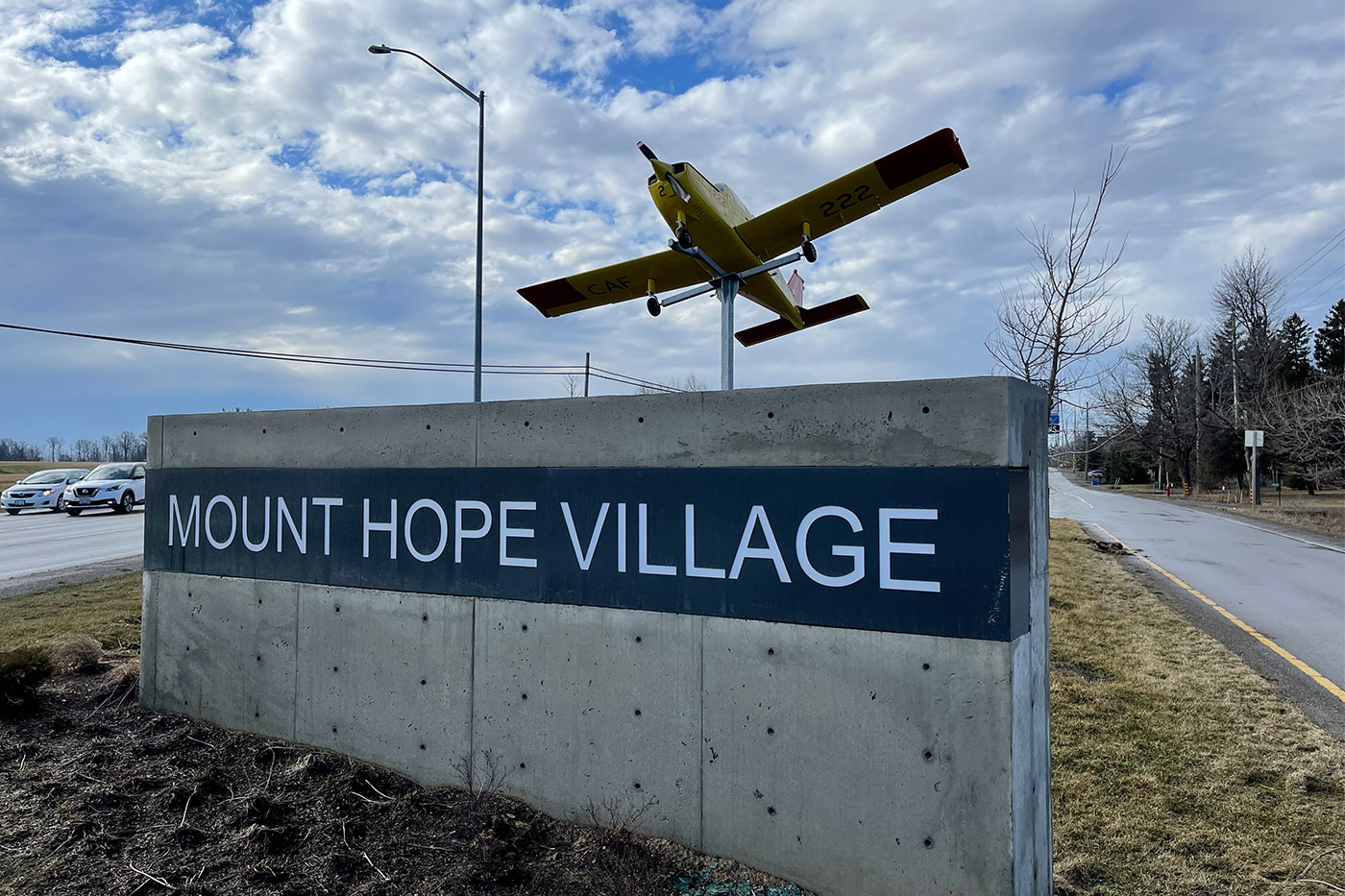
Hamilton’s commercial real estate continues to smash records
- Michael Kras
- 05 Apr 2022
Commercial real estate (CRE) transactions in Hamilton are continuing to come in ridiculously hot, with no signs of slowing anytime soon.
According to a report by Hamilton real estate investment firm Forge & Foster, 2021 was a record-breaking year for CRE in the Hammer, surpassing even the exceptional highs of 2020 and with noteworthy milestones in 2021’s fourth quarter.
“The sheer volume of investment that took place in Hamilton last year was surprising,” says Alex Manojlovich, Director of Strategy & Research at Forge & Foster. “We knew to expect an improvement upon 2020 by Q3, but an increase of $400 million was a big surprise.”
In fact, Q4 of 2021 alone smashed records with $569,489,936 worth of CRE traded in a total of 101 transactions; a significant increase compared to Q4 of 2020, which itself still saw a noteworthy $395,459,847 in CRE traded across 81 transactions.

Among those Q4 transactions also lies the top three transactions for the entirety of 2021, with Valery Homes’ purchase of 192 Hughson Street North and 181 John Street North for $74,283,000 coming in at third place.
In second place was the $80,000,000 purchase of 3105 Fletcher Road in Binbrook, a nearly 90 acre property bought by Cachet Developments as the future site of a residential development to be built within this smaller, more rural community in the Hamilton area.
The noteworthy first place transaction for 2021 was that of Eastgate Square at 75 Centennial Parkway North, purchased by Hammer GP Services Corp for $88,000,000 to create what was recently announced as a revitalized residential and retail hub served strongly by local transit infrastructure, including its proximity to the Centennial GO Station, Eastgate Square’s current HSR terminal, and the forthcoming Hamilton LRT development.
Other mixed-use developments that incorporate retail with residential in Hamilton include those occurring at SmartCentre on Centennial Parkway as well as Corktown Plaza, bringing retail plazas that integrate residential capacity in a way the city hasn’t seen before.

Transit itself is also playing a massive role in Hamilton’s overall growth, driven most prominently by the aforementioned, forthcoming Light Rail Transit (LRT) project as well as the major 2021 milestone of all-day train service finally arriving and connecting Toronto’s Union Station to Hamilton’s previously underused West Harbour GO Station.
Affordable housing projects are also continuing to break ground. 2021 saw the acquisition of numerous sites including a 262-unit project at 60 Caledon Avenue for Hamilton East Kiwanis & Victoria Park Community Homes; a Good Shepherd housing site at 121 and 135 Mary Street with 156 units; and 405 Main Street West – the former downtown home of Wimpy’s Diner – which will be turned into a 298-unit project helmed by 3H Properties.
Hamilton’s film & television industry is also on a rapid incline, with 2021 seeing an impressive 152 productions go to camera in Hamilton resulting in the city’s best year ever for hosting film productions.
This swiftly burgeoning piece of Hamilton’s identity is being complemented by the ongoing, gradual development of Aeon Studio Group’s massive film district on the Barton-Tiffany Lands, which is being envisioned as a “live-work-play” hub that matches film industry infrastructure with residential developments and more.
A notable number of new builds are also on their way, with Hamilton hitting a historic $2 billion in building permits within 2021 alone, representing construction projects in residential, industrial, commercial, and institutional sectors. 2021 was also the first year Hamilton reached the $1 billion mark for building permits within the first half of the year, indicating just how rapidly the city is set to grow in the coming years.

All of these trends are especially notable given the shifting landscape surrounding commercial real estate amid the impacts of the COVID-19 pandemic, of which a by-product has been a revolution of remote and hybrid models of working that have changed the way employers and organizations make use of communal office spaces.
However, it’s this exact flexibility for office workers that is enabling residents of larger metropolitan areas like Toronto to migrate into cities like Hamilton, with continued high demand for residential real estate in Hamilton – even as the city becomes increasingly unaffordable to prospective homebuyers –– driving the need for greater residential infrastructure and development; especially as condo ownership continues to see voracious demand in the city, with some new condo developments selling out in mere days at record prices like the forthcoming Television City development.
Indeed, the high level of CRE transactions through 2021 show that the market is stronger than ever since the start of the COVID-19 pandemic, seeing larger transactions that, in turn, attract bigger players and larger investors while creating a steady increase in value and a more competitive market with a rise in new developments. City council also recently voted not to expand Hamilton’s urban boundary, making it likely that we’ll see more infill development in the years to come.
With Hamilton’s population expected to grow by the hundreds of thousands in the coming decades, it’s not hard to see why the city is seeing such intense activity in its commercial real estate market, with plans to further transform Hamilton into a strong destination for living, working, and playing.
Comments 0
There are no comments


Add comment